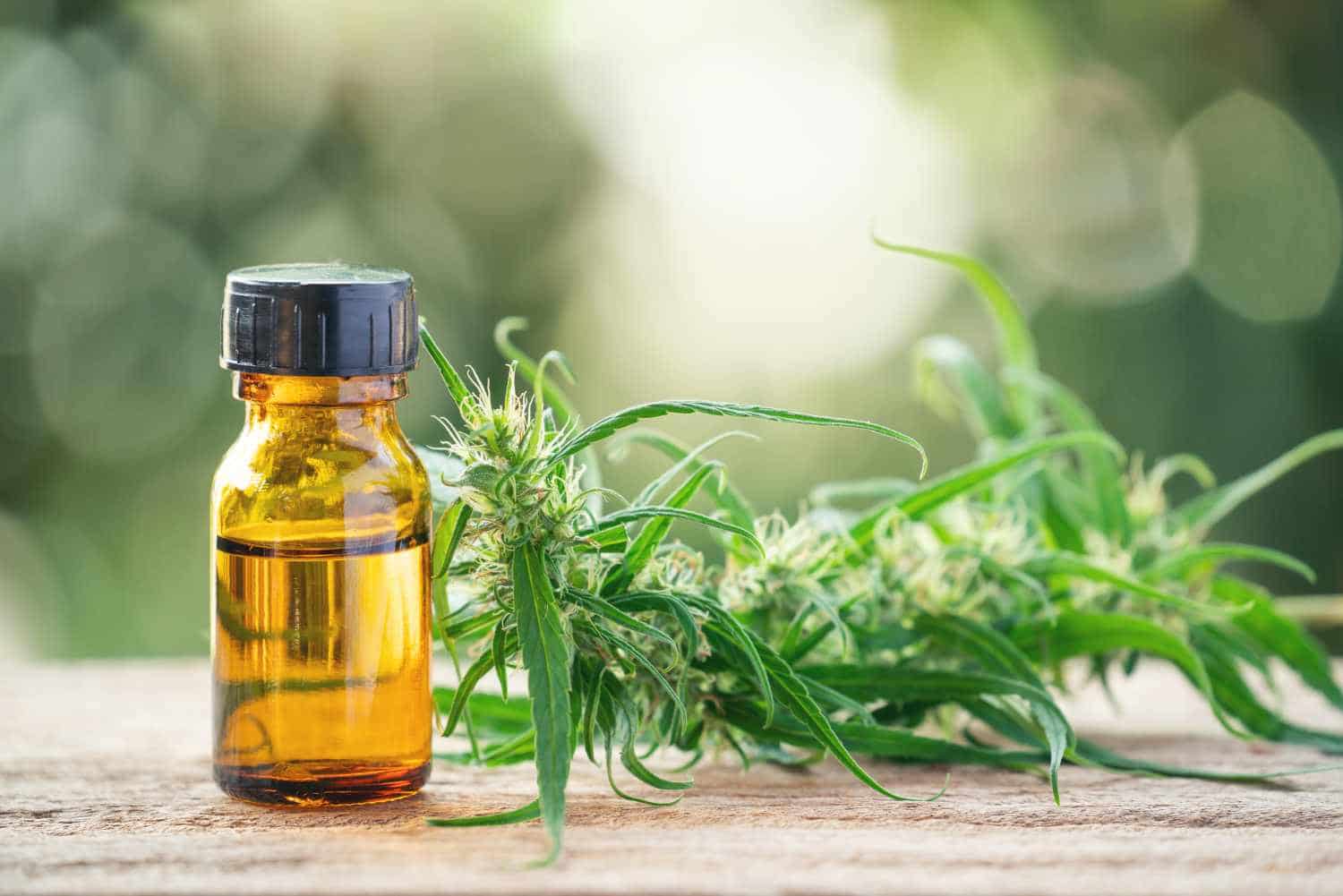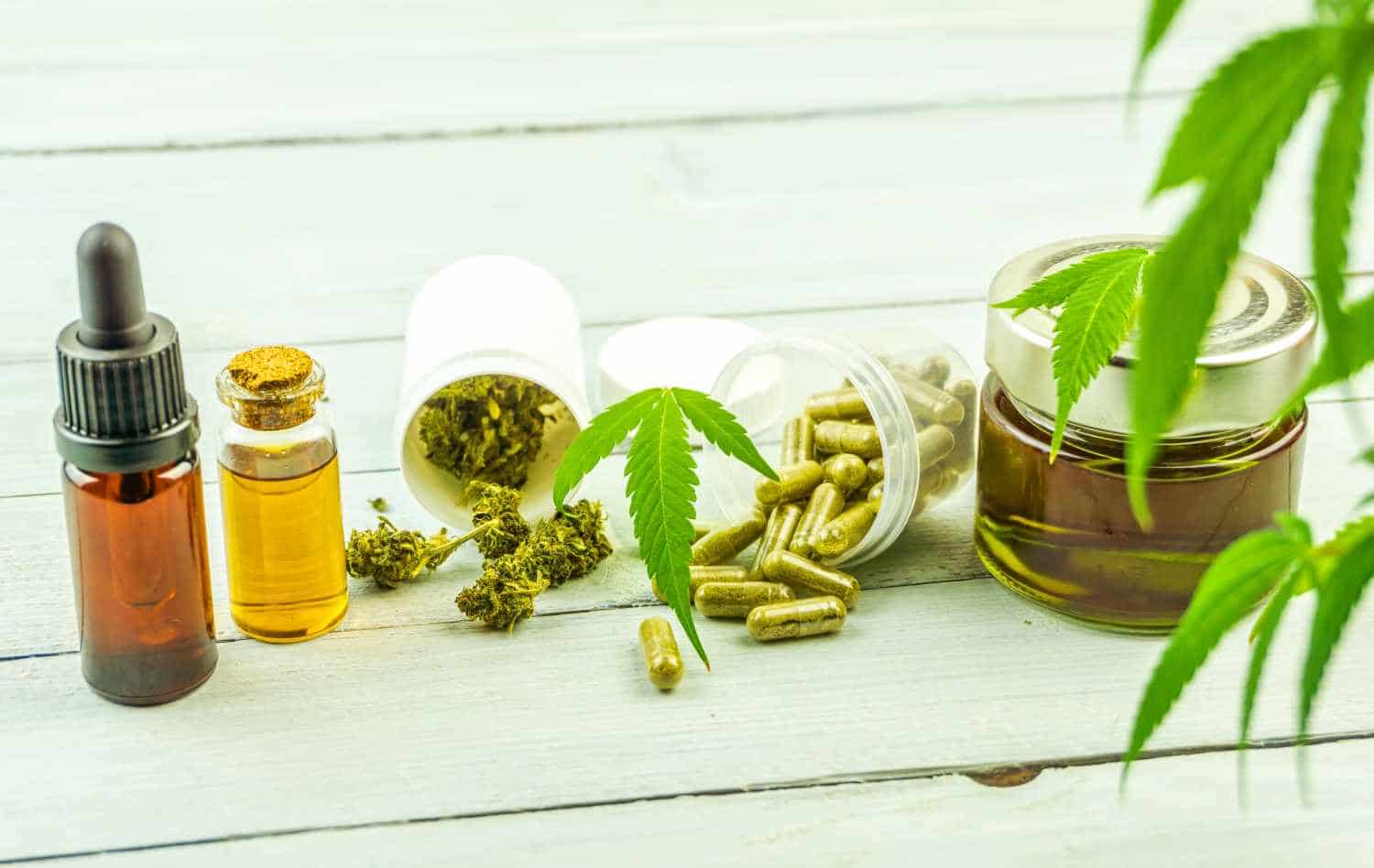10 Home Remedies for Diabetes
Diabetes is a disease that happens when your blood sugar, or blood glucose, levels are too high. More than 33% of adults over the age of 65 suffer from this disease worldwide. Blood glucose is the body’s main source of energy and it’s derived from the food that we eat. Insulin is a hormone which is produced by your body inside the pancreas, and it helps to get the food into your cells and turn it into energy.
If your body doesn’t produce enough insulin or doesn’t use the insulin efficiently, glucose will stay in your blood and will not reach your cells. If glucose levels are too high, this can cause many health issues such as:
* Extreme thirst
* Problems with vision
* Bad breath
* Higher risk of heart disease
* Higher risk of infections
* Lack of energy and fatigue
* Hypertension
* Pancreas malfunction
* Cataracts and glaucoma
* Protein in the urine
* Ketoacidosis
Although diabetes has no known cure, there are many cases of people managing to minimize the symptoms. There is however, anecdotal evidence of many people being able to eliminate the symptoms through lifestyle changes, this is called remission.
When diabetes goes into remission, this means that the body doesn’t show any signs of having diabetes, even though technically the disease is still there. Diabetes can be a dangerous and even life threatening disease, especially in severe cases and when not treated properly.
It’s by no means recommended going against doctor’s recommendations and taking medication if that happens to be your case. But there are many things you can do to help reduce the severity of your symptoms and even possibly move your diabetes into remission. Here are 10 home remedies for diabetes:
10 Home Remedies for Diabetes
#1 – Exercise Exercise is perhaps the best remedy for the majority of ailments known to mankind, and for diabetes, it’s no different. People with Type-2 diabetes have a very good chance of reversing their condition and possibly achieving remission through, among other lifestyle choices, exercise.
Under research conditions, 11.5% of obese adults with Type-2 saw their condition at least partially reversed through regular exercise aimed at encouraging weight loss over the span of one year Aerobic exercise is the most effective way to start and continue to shed the weight and fat. Exercise such as quick and energetic walking, or Nordic walking not only reduces the risk of type-2 diabetes but also helps reduce symptoms.
#2 – Diet Exercise is great for helping reduce symptoms, but when combined with a good diet the results will be much more effective. There are foods which need to be avoided if you’re fighting symptoms of diabetes:
* Sugary drinks
* Trans fats
* Fries
* Fruit juices
* Packaged foods
* Dried fruits
* Honey, maple syrup, agave nectar
* Flavoured coffee
* Sweet cereals
* Flavoured yoghurts
* White bread, pasta and rice
There are also foods that work really well when it comes to reducing the severity of your symptoms:
* Fatty fish (salmon, sardines, herring, anchovies, etc.)
* Leafy greens
* Squash
* Garlic
* Strawberries
* Apple cider vinegar
* Flaxseeds
* Extra virgin olive oil (cold/mechanically pressed)
* Broccoli
* Nuts (different varieties)
* Greek yoghurt
* Turmeric
* Chia seeds
* Eggs
* Cinnamon
#3 – Avoid Alcohol Alcohol is a big no-no when it comes to diabetes. It damages your liver, kidneys and attacks the pancreas which creates insulin. Diabetes is very common in heavy drinkers who consume two to three glasses per day. Beer should be avoided above all, as it contains a high amount of carbohydrates. The best advice is not to consume any alcohol at all if possible.
#4 – Carbohydrates If you want to reduce your diabetes symptoms, you need to reduce your carbohydrate intake. Carbohydrates break down into glucose, then insulin moves that glucose into your cells. When you eat too many carbohydrates, this process fails and your blood sugar rises. Although it’s important to note that we need carbohydrates for energy, so it’s a good idea to find a balance that works for you.
#5 – Eat These Foods Well, it’s been identified as “the greatest remedy-the physician within” by Philippus Paracelsus, and practiced by Dr. Alan Goldhamer, and also increasingly more individuals are uncovering the use of fasting as a way of enhancing health and helping with diabetes. However, as useful as this technique can be, being radical in nature, the use of fasting should be done with care.
Though fasting is by far a higher cure of our ills-both physical and mental-than all of the medicines of the clinical fraternity integrated, for diabetes and weight-loss or for anything it may be used for, one needs to recognize particular standards to accomplish success with its use.
These include the sorts of fasts one can utilize, the length of time to fast, when to fast, and how to end a fast.
10 Home Remedies for Diabetes
#6 – Aloe Vera Aloe vera is a plant with many uses, but it’s also great with dealing with type-2 diabetes. Studies have shown that aloe vera can help protect and repair beta cells in the pancreas, which are responsible for producing insulin. This is believed to be due to aloe vera’s antioxidant and anti-inflammatory properties. You can take aloe vera by adding it to a drink, making a smoothie out of it or taking aloe supplements.
#7 – Milk Thistle Milk thistle has been used since ancient times for a variety of illnesses and diseases, but most commonly to help support the liver. The active ingredient in milk thistle is called silymarin, and this is a compound that has strong antioxidant and anti-inflammatory properties. These are the properties which are useful in helping people suffering from type-2 diabetes. You can take milk thistle as a tea, chew and swallow raw milk thistle or take it as a supplement.
#8 – Fenugreek This is a seed that is known to help lower blood sugar levels. Fenugreek contains chemicals and fibers which slow down the digestion of carbohydrates and sugars. Not only that, but there is some evidence that suggests that it may help delay or even prevent type-2 diabetes in the first place13, decrease cholesterol levels and increase insulin production. You can take fenugreek by:
* Adding it as a herb to meals
* Adding it to warm water and drinking the mixture
* Grinding into a powder, then adding to meals or beverages
* Taking as a supplement in capsule form
#9 – Gymnema This is a herb which is found in India and parts of Africa, its literal translation in Hindi is ‘destroyer of sugar’. Gymnema has shown signs of improvement in people suffering from both type-1 and type-2 diabetes. People using Gymnema extract or supplements have reported lower blood sugar levels and high insulin levels.
#10 – Ginger Ginger has been used as a remedy for a myriad of ailments for all of recorded history, and it’s also quite helpful when it comes to treating diabetes. Ginger has been shown to significantly lower blood sugar while maintaining insulin levels. Ginger can be drank as a tea, added to meals, eaten raw or taken in supplement form.
Diabetes is a serious medical condition with potentially dangerous symptoms, but there are many things you can do to manage this disease. If your doctor recommends insulin or other medications, you can also take the natural and healthy way and work on reducing symptoms by fighting the causes, such as excess weight or bad diet.
Related Home Remedy Searches:
natural remedies for diabetes type 2, cure for diabetes type 2, herbal supplements for diabetes type 2, diabetes natural cures that work, diabetes cures that work, natural cure for diabetes type 2, natural remedy for high blood sugar, natural herbs for diabetes control, diabetes natural remedies, ayurvedic herbs for diabetes,
diabetes ayurvedic treatment, natural remedies for diabetes, ayurvedic diet for diabetes, best herbs for diabetes, herbs for diabetes, home remedies for diabetes, diabetes remedies, natural remedies for diabetes, homeopathic medicine for diabetes, herbal treatment for diabetes, herbal remedy for diabetes, home treatment for diabetes, diabetes remedy,
Diabetes References and Diabetes Information
National Institute of Diabetes and Digestion and Kidney Diseases: https://www.niddk.nih.gov/health-information/diabetes/overview/what-is-diabetes
Healthline Magazine: https://www.healthline.com/health/diabetes/effects-on-body#1
Medical News Today: https://www.medicalnewstoday.com/articles/317074#Is-diabetes-curable?
Live Science: https://www.livescience.com/25651-diabetes-remission-diet-exercise.html
National Institute of Health: https://www.ncbi.nlm.nih.gov/pmc/articles/PMC4684131/
National Institute of Diabetes and Digestion and Kidney Diseases (Scientific Study): https://www.ncbi.nlm.nih.gov/pmc/articles/PMC2992225/
Healthline Magazine: https://www.healthline.com/nutrition/foods-to-avoid-with-diabetes#section2
Times of India: https://timesofindia.indiatimes.com/life-style/health-fitness/home-remedies/15-remedies-to-treat-diabetes-at-home/articleshow/20756841.cms
Healthline Magazine: https://www.healthline.com/nutrition/low-carb-diet-for-diabetes
True North Health Foundation: https://www.truenorthhealthfoundation.org/
Medical News Today: https://www.medicalnewstoday.com/articles/317051#Seven-herbs-and-supplements
National Library of Medicine (Scientific Study):https://www.ncbi.nlm.nih.gov/pmc/articles/PMC4908257/
Journal of Diabetes & Metabolic Disorders: https://www.springer.com/journal/40200
Sci-Flo (Scientific Study): https://www.scielo.br/scielo.php?script=sci_arttext&pid=S1984-82502013000300003
Medical News Today: https://www.medicalnewstoday.com/articles/317051#Seven-herbs-and-supplements
Science Direct (Scientific Study): https://www.sciencedirect.com/science/article/pii/S2352618115000086
Read Also: https://homeremediesapp.com/10-home-remedies-for-high-cholesterol/












